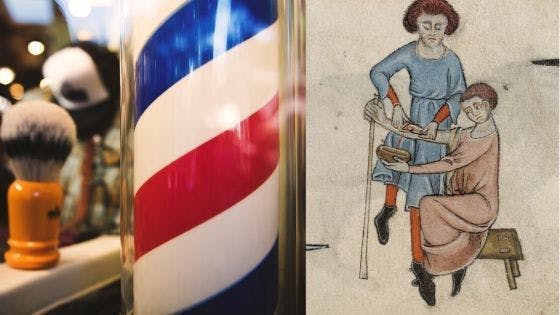Pepsi to Pull out of Schools by 2012
In its fight against childhood obesity, The World Heart Federation has been negotiating in recent months with soft drink makers to get them to remove sugar-sweetened beverages from schools. And now they are starting to enjoy the fruits of their labor, as Pepsi just announced this week that they plan on pulling all of their fully-sweetened drinks from schools in the U.S., and in more than 200 countries total, by 2012.
Coca-Cola, the leading soft drink maker in the world, has also made positive moves in a similar direction. This month their global sales policy was amended to not sell any of their beverages in primary schools world-wide, unless parents or school districts request them. However, this policy is not applicable to secondary schools.
Pepsi plans to sell only water, fat-free or low-fat milk, and juices that contain no added sugar in primary schools. In secondary schools they will sell those same products, plus Diet Pepsi and other low-calorie soft drinks.
With the soft drink industry replacing sugary beverages with lower-calorie choices in schools, sales of full-calorie soft drinks fell 95 percent in U.S. schools between fall 2004 and fall 2009, according to the American Beverage Association. While only a gut reaction without any facts to support it, those numbers seem hard to swallow, especially when you consider they are coming from an organization that represents the soft drink industry.
Diet and Exercise Linked to Student Performance
Pekka Puska, president of The World Heart Federation, says that this is just the first step in fighting childhood obesity. Kids need to also exercise more and eat healthier foods.
In fact, a healthier diet has been linked to better school performance. In 2008, Dr. Paul J. Veugelers of the University of Alberta in Edmonton and his colleagues found a direct link between students’ nutrition and their performance. Those who got a sufficient amount of healthy nutrition from fruits, vegetables, fiber, and protein were significantly less likely to fail a literacy test.
If ever there was an argument for taking soda out of schools, listen to this report published jointly in 2009 by the Center for Labor Market Studies at Northeastern University in Boston, Massachusetts, and the Alternative Schools Network in Chicago, Illinois: In 2007, the report found that nearly 6.2 million students in the United States between the ages of 16 and 24 dropped out of high school, causing what researchers referred to as a “dropout crisis.”
Also, according to The Condition of Education 2006 report released by the U.S. Department of Education’s National Center for Education Statistics, American students are consistently outperformed by Asian and some European countries in the fields of math and science.
Is diet the overwhelming reason our students are falling behind? Doubtful. But, it probably plays a significant role.



